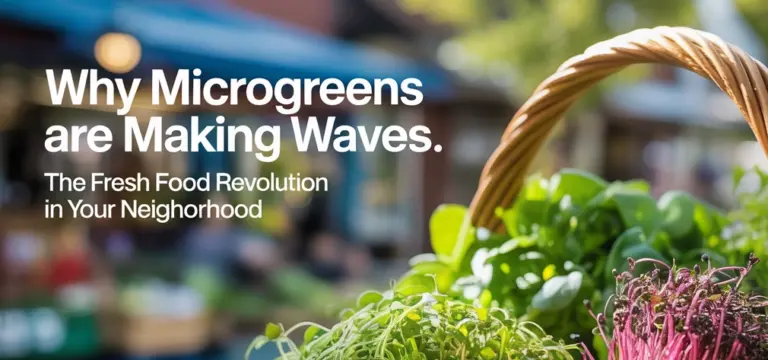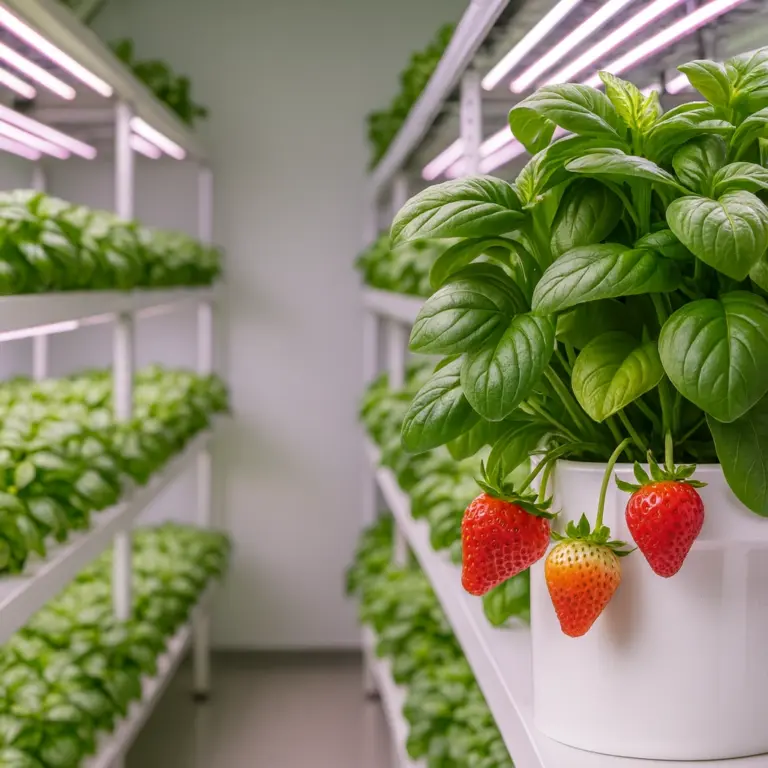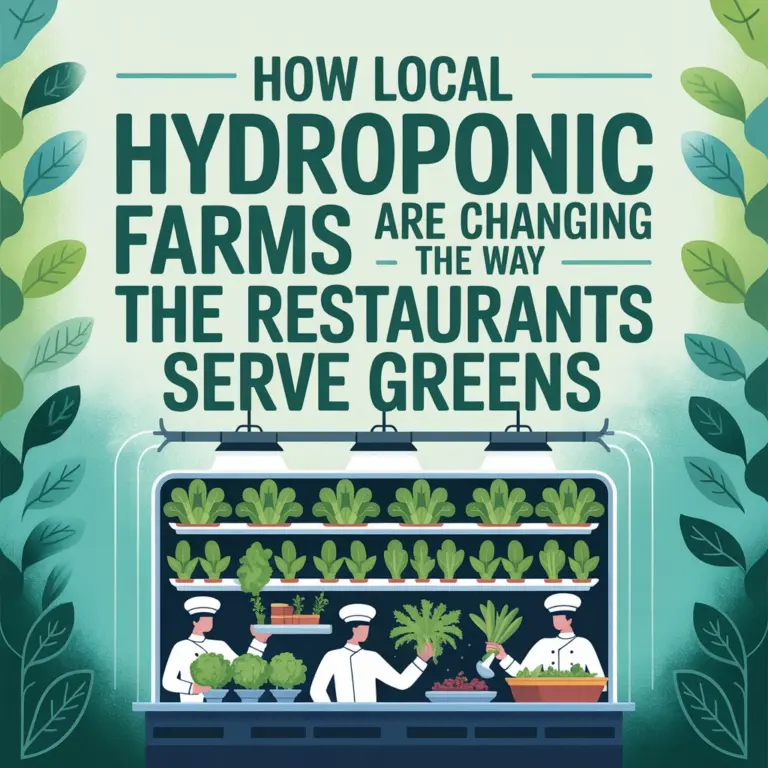Inside the Microgreens Boom: The Surprising Rise of Tiny Greens in a Health-Conscious World
The Evolution from Garnish to Grocery List Staple
Just a few years ago, microgreens were considered a fancy garnish for upscale plates—tiny pops of color or flavor that most of us admired but rarely bought for home. Fast-forward to today, and these little greens aren’t just restaurant decor—they’re showing up everywhere: in farmer’s markets, grocery stores, weekly meal kits, and kitchen windowsills from Boston to Bali.
What’s fueling this rise? It’s a mix of unique flavor, all-in-one nutrition, and a cultural shift toward conscious eating and fresh, local food. Microgreens—essentially the first shoots of vegetables and herbs harvested within two weeks of germination—have quickly gone from culinary secret to must-have produce. Now, they’re a global phenomenon, changing the way people think about eating healthy.

Breaking Down the Boom: The New Numbers
If you want proof that microgreens have hit the big time, just look at the numbers. Industry analysts clocked the global microgreens market at $1.73 billion in 2023. Just one year later, estimates shot up to $3.24 billion—and some reports valued it even higher at $3.36 billion in 2024.
What’s more jaw-dropping? Nearly every market tracker agrees that this breakneck growth isn’t slowing anytime soon. Most predict a compound growth rate (CAGR) around 10–12% for the next several years, projecting the market could pass $8 billion by 2032. Some analyses put the number at $5.99 billion by 2034—big news for an industry that was barely a blip a decade ago.
This is the kind of steady, long-term growth investors love to see—and it’s a testament to just how far-reaching the demand has become.
Why Are Microgreens So Popular? The Health Factor
Let’s get to the root of the trend—the health benefits. Microgreens pack a nutritional punch that belies their small size. Harvested at the cotyledon stage (when the first true leaves pop up), they’re loaded with vitamins, minerals, and antioxidants that are often present in much higher concentrations than in their mature counterparts.
Spinach, radish, beet, arugula, basil, broccoli, and sunflower microgreens are just a handful of the most popular varieties. What do they offer? Think vitamins C, E, K, beta-carotene, and a stunning array of antioxidants in one tiny package. In some cases, research shows microgreens contain 4–40 times more nutrients compared to their fully grown versions.
For today’s health-savvy (yet time-strapped) consumer, that means you can boost the nutritional value of a sandwich, salad, or smoothie with just a handful of fresh greens—no extra prep needed.
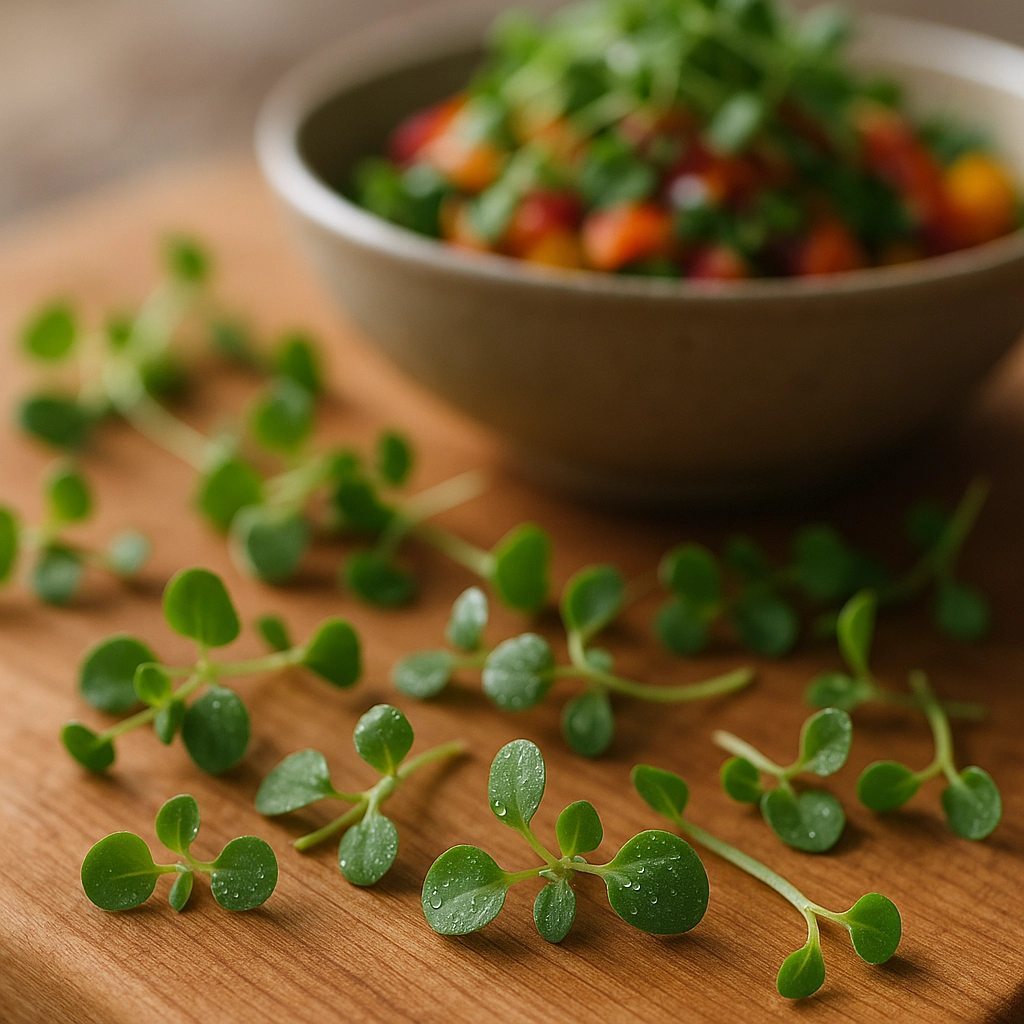
Tastes That Wow, Flavors That Last
It’s not just nutrition—microgreens deliver on flavor, too. In the culinary world, chefs use microgreens not only for their eye-catching color but for their concentrated, sometimes bold flavors. Radish microgreens add a peppery bite, basil varieties bring a sweet, fragrant punch, and mustard microgreens can be surprisingly spicy.
Home cooks have caught on. With more grocery stores stocking them and tons of growing kits on the market, microgreens are now a fast favorite in kitchens everywhere. Suddenly, anyone can bring a “chef’s touch” and a health boost to everyday meals.
From Farms to High-Rise Flats: The Role of Modern Agriculture
Another force powering the microgreens boom? Mind-bending advances in how food is grown and where. Vertical farming, indoor agriculture, and hydroponics technology have made it easier than ever to grow microgreens year-round, regardless of the weather or urban location.
For growers, these systems mean less land, less water, and faster harvest cycles. For consumers, it means fresher produce and year-round availability. Home kits make it possible to sprout microgreens on a sunny windowsill in a matter of days, and urban farms are popping up in former warehouses and shipping containers.
This innovation means nutritious, fresh food can be grown with almost no food miles—a huge win for sustainability.

Beyond the Plate: Microgreens in Beauty and Wellness
Surprisingly, the reach of microgreens is now stretching beyond just food and into beauty and wellness circles. Their antioxidant-rich profiles have made them a favored ingredient in skincare and cosmetic products. The logic: what’s good for your body when you eat it could also be good for your skin—and with the clean beauty movement in full swing, these greens are popping up in more and more product lines.
Who’s Buying? The Expanding Market for Microgreens
The microgreens boom is global. While North America remains the largest market, European countries are catching up quickly, and Asian cities are leaning into indoor farming tech in a big way. Consumers range from hardcore foodies to families, athletes, and anyone trying to pack more nutrition into daily life.
Shopping for microgreens is easier than ever, too—supermarkets, specialty grocers, farmer’s markets, and even online subscription boxes all have a place in the supply chain. Some local restaurants are even growing microgreens in-house, adding “picked minutes ago” freshness to their menus.

Sustainability: Microgreens and the Eco-Conscious Shift
One driving force behind the surge is consumer desire for eco-friendly, low-impact food. Microgreens check nearly every box on that list: low water use, sustainable growing options, minimal transport, and the opportunity to grow your own, even in small spaces.
Local producers are thriving by offering direct-to-consumer greens grown a short drive (or walk) from market stands. Families are getting creative, too, using home kits or DIY setups to reduce packaging waste and grow their own snacks.
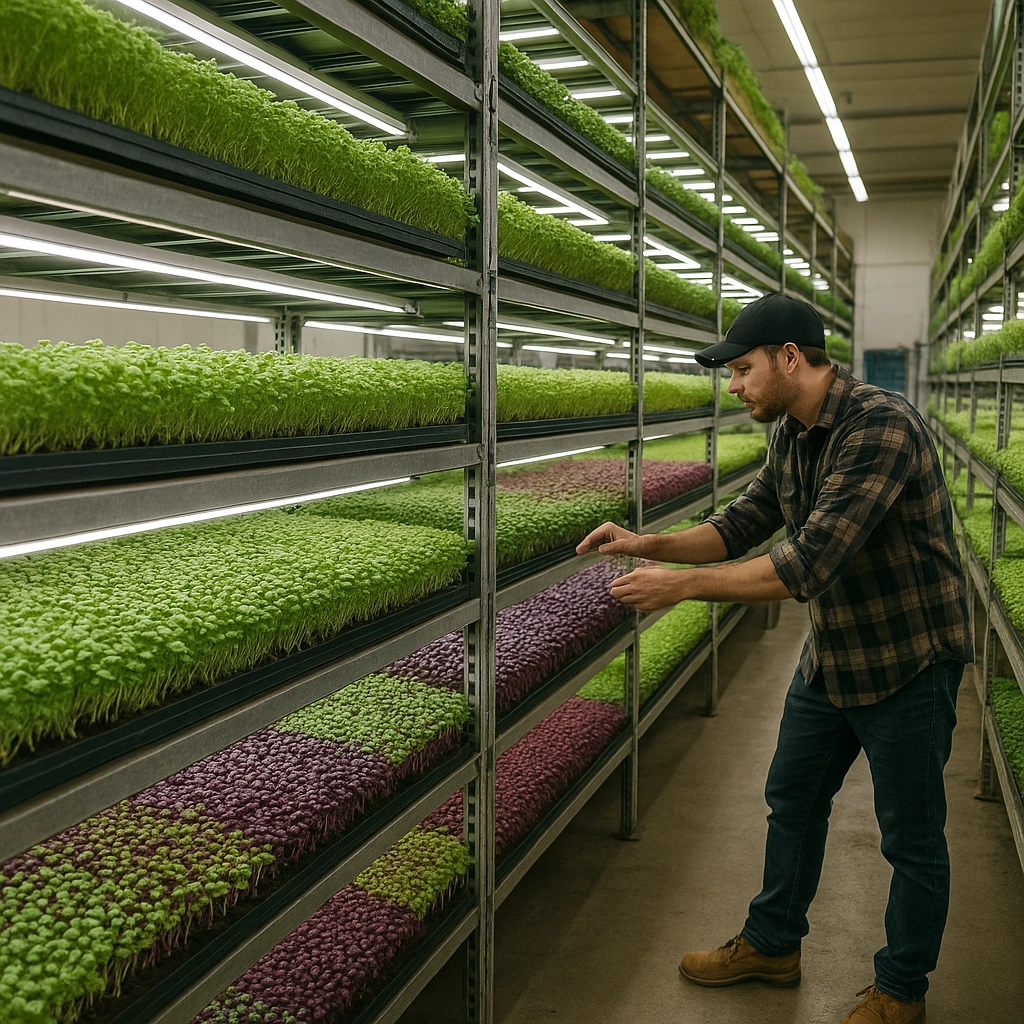
The Future of Tiny Greens: Here to Stay
Looking forward, microgreens show no signs of slowing down. Their rapid, sustainable growth cycle fits perfectly into the world’s push for more efficient, health-focused agriculture. With global health, flavor, convenience, and even self-sufficiency top of mind for many, it’s easy to see why these little greens are punching well above their weight.
As they take root in kitchens, markets, restaurants, farms, and even beauty cabinets around the world, microgreens aren’t just a fleeting trend—they’re a new staple for a smarter, fresher, more sustainable way of eating.
